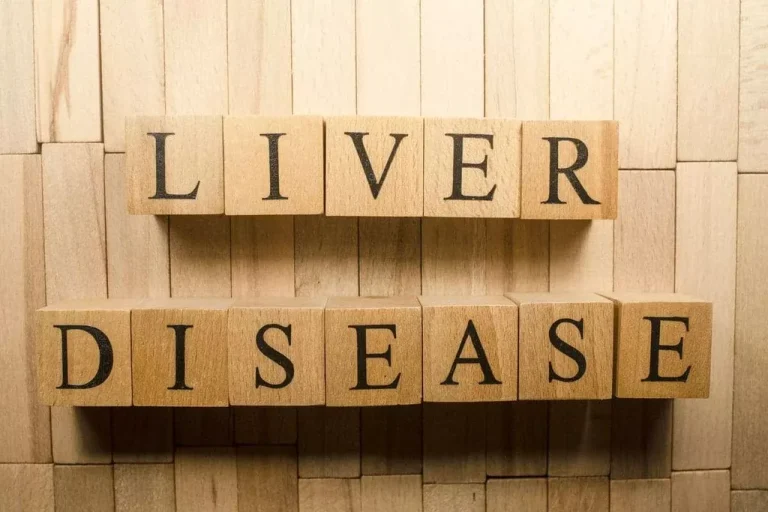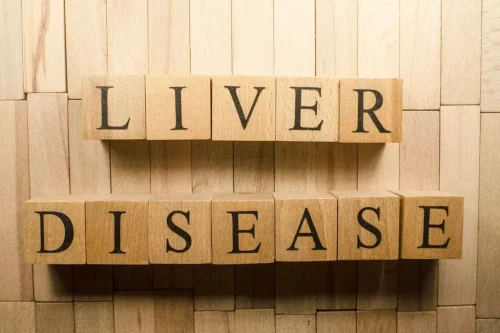
Analysis of autopsy samples from ACM patients also suggest atrophy of myofibrils, increased population of mitochondria, dilation of the sarcoplasmic reticulum, increased number of lysosome like structures, as well as mitochondriosis 82. Three studies 65-67 described apoptosis, defined as the alterations of the excitation-contraction coupling in cardiac myocytes. According to 3, the pathophysiology of ACM is determined by mechanisms of a genetic nature. Mitochondria function to generate ATP, a necessary constituent of muscle contraction 66. The pioneering work of Krebs, Chance, and others had brought the field to a plateau with the focus on ATP generation. Since the early nineties, recognition of mitochondria's role in apoptosis and cell fate has brought about alcoholic cardiomyopathy a strong resurgence of interest in mitochondrial biology 67,68.
clinical Pathophysiology
A summary of the findings and the GRADE evaluation of the outcomes are represented in the Supplementary file, Appendix 4. Further studies are still needed to investigate the causal relationship between different levels of liver enzymes and the risk of ischemic stroke. Ischemic stroke is a major public health concern, contributing significantly to global morbidity and mortality. Recent studies have suggested that alterations in liver enzymes may be linked to the risk of developing a stroke.
cellular Alterations in Alcoholic cardiomyopathy

Earlier studies what is alcoholism by Puszkin and Rubin (10) were the first to suggest that alcohol had effects on the regulatory proteins, troponins or tropomyosins. They found that high concentrations of alcohol (150 mmol to 180 mmol) administered acutely inhibited calcium binding to troponin-tropomyosin protein complexes in vitro. Also, acute alcohol administration in a rat model significantly raised plasma cardiac troponin T level after 2.5 h (11).
Patterns of Drinking: Binge Drinking
Death might also be sudden due to arrhythmias, heart conduction block, and systemic or pulmonary embolism. In these patients, only early and absolute abstinence of alcohol can reverse myocardial dysfunction 56, 57, 126 which in a historic study by McDonald and Burch was achieved with prolonged bedrest for several months without further access to alcoholic beverages. This was an excellent result long before ACE inhibitors or betablockers were available for heart failure treatment 57. Although daily intake of low to moderate amounts of alcohol improves the cardiovascular health of ischemic and non-ischemic patients 4,5, chronic and excessive consumption of alcohol could result into progressive cardiac dysfunction and heart failure (HF) 5.

Recently, Hu et al. found decreased myocardial ATP content levels along with decreased myocardial contractility (e.g., decreased ejection fraction and factional shortening) in mice receiving ethanol (18% v/v ethanol in drinking water) for 4 weeks (33). Although speculative, this reduction in ATP synthesis may be just enough to depress intracellular functions such as sarcoplasmic reticulum uptake of calcium, myofibrillar ATPase activity, and changes in cross-bridge cycling. The mainstay of therapy for alcoholic cardiomyopathy (AC) is to treat the underlying cause, ie, to have the patient exercise complete and perpetual abstinence from all alcohol consumption.
Review Questions
Also, there were significant size variations in the myofibrils and they showed a relative decrease in the number of striations, in addition to swelling, vacuolisation and hyalinisation. Cell nuclei were larger than normal, morphologically https://ecosoberhouse.com/ difficult to define and they occasionally showed hyperpigmentation. The authors highlighted the presence of an extensive intracellular accumulation of neutral lipids, principally in the form of small cytoplasmic droplets. In a subsequent study using electron microscopy, the authors found histological features that could be superimposed onto those found in hearts that had suffered hypoxia, anoxia or ischemia43.
Derangements in Fatty Acid Metabolism and Transport
Echocardiography may reveal a mild or severe depression of cardiac function and ejection fraction or even show hypertrophy in the beginning 109. Heart failure symptoms may be due to early diastolic or to later systolic dysfunction. At later stages, due to atrial fibrillation, thrombi are not uncommon in the dilated atria.
Treatment

Acetaldehyde is a potent oxidant and, as such, increases oxidative stress, leading to the formation of oxygen radicals, with subsequent endothelial and tissue dysfunction. Mitochondria play an essential role in cellular metabolism, and disruption of their function can have profound effects on the entire cell. The myocyte mitochondria in the hearts of persons exposed to alcohol are clearly abnormal in structure, and many believe that this may be an important factor in the development of AC. During the first half of the 20th century, the concept of beriberi heart disease (ie, thiamine deficiency) was present throughout the medical literature, and the idea that alcohol had any direct effect on the myocardium was doubted. Epidemics of heart failure in persons who had consumed beer contaminated with arsenic in the 1900s and cobalt in the 1960s also obscured the observation that alcohol could exhibit a direct toxic effect. In the 1950s, evidence began to emerge that supported the idea of a direct toxic myocardial effect of alcohol, and research during the last 35 years has been particularly productive in characterizing the disease entity of alcoholic cardiomyopathy (AC).

Assessment of included studies’ quality
Moderate drinking below that threshold might even reduce the incidence of coronary artery disease, diabetes, and heart failure. Alterations caused by heavy alcohol intake have also been studied from the perspective of histopathology. Emmanuel Rubin analysed muscle biopsies from individuals who were previously non-drinkers and were submitted to a balanced diet with heavy alcohol intake during one month41. Although no significant changes were found using conventional microscopy, when electron microscopy was employed he discovered intracellular swelling, glycogen and lipid accumulation, and alterations in the structure of the sarcoplasmic reticulum and of the mitochondria (Figure 2). These changes, though subtle, were similar to those found by Ferrans and Hibbs in eight deceased individuals diagnosed with ACM42,43. On histological examination, various degrees of fibrosis, patchy areas of endocardial fibroelastosis, intramural blood clots and focal collections of swollen cells in both the epicardium and endocardium were found.
- As reviewed below, it is possible that mitochondria serve as a site for ethanol-induced ROS generation, but also may be a target of ethanol-induced ROS injury.
- This was higher than the DCM prevalence of 0.03% for women and 0.05% for men in the general population.
- Absorption levels of Indium-111 were high in 75% of patients who continued drinking and in only 32% of those who had withdrawn from consuming alcohol.
- In pathophysiological terms, heart failure in liver cirrhosis belongs to the hyperdynamic cardiomyopathies.
Basic research studies
As expected, myocardial myosin ATPase activity was significantly reduced in the alcohol fed animals 44. The alcohol-induced increase in beta-MHC was due mostly to increased transcriptional activity for the gene encoding beta MHC mRNA 52. Paradoxically alpha MHC mRNA was also unregulated, but without a change in alpha MHC protein expression. This finding suggests a differential regulation of alpha MHC either as a function of the generalized decreases in protein synthesis or by increased degradation of myofibrillar proteins.

